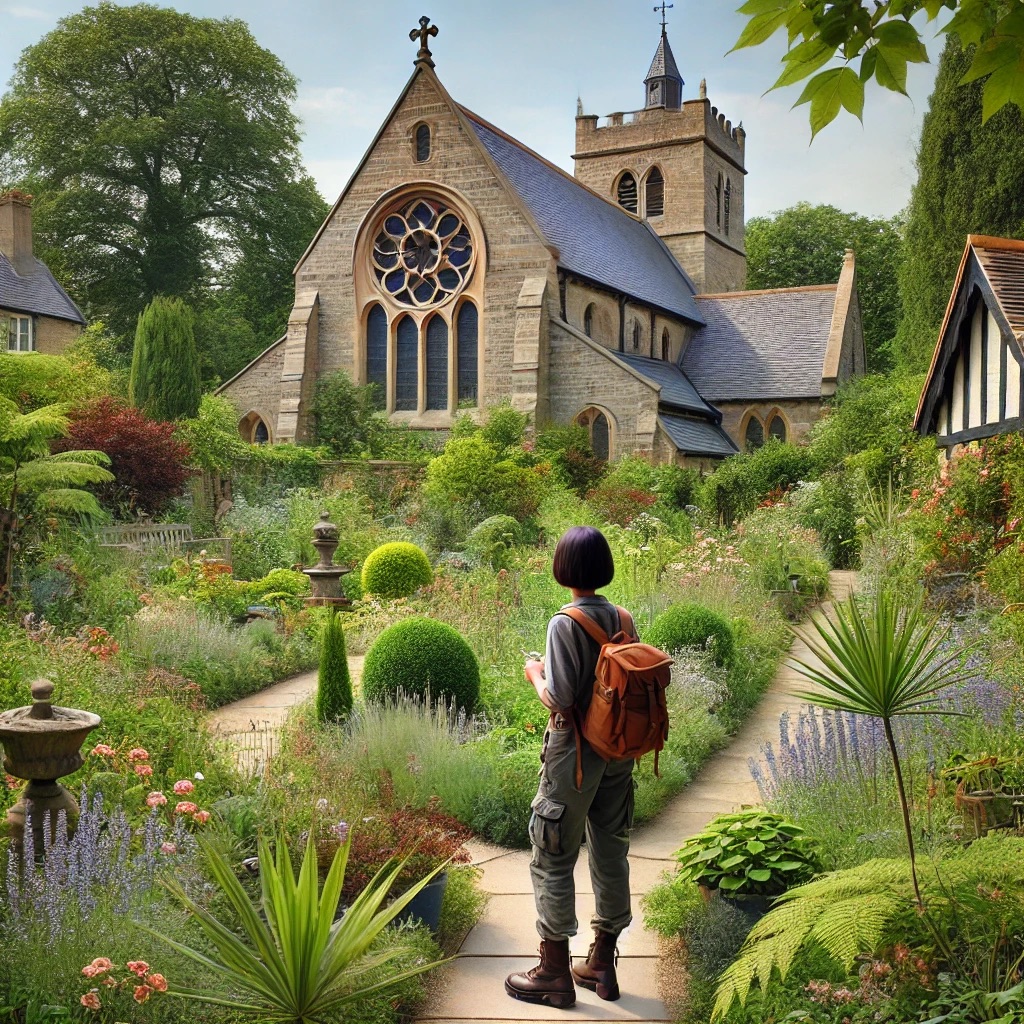ChatGPT:
Sens is a charming town located in the Burgundy region of France, known for its rich history and beautiful architecture. One of its most notable landmarks is the Sens Cathedral (Cathédrale Saint-Étienne), one of the first Gothic cathedrals in France, dating back to the 12th century. Its towering spires and intricate stained glass windows are striking features.
Sens also has a well-preserved old town with narrow streets, medieval houses, and timber-framed buildings. The town is set along the Yonne River, which adds a picturesque setting, with riverside walks and gardens, such as the Parc du Moulin à Tan, a peaceful green space perfect for relaxation.
The town also boasts a vibrant market culture, with the covered market, Les Halles, offering fresh local produce. Sens has a strong culinary scene rooted in Burgundy traditions, including wines, cheeses, and meats
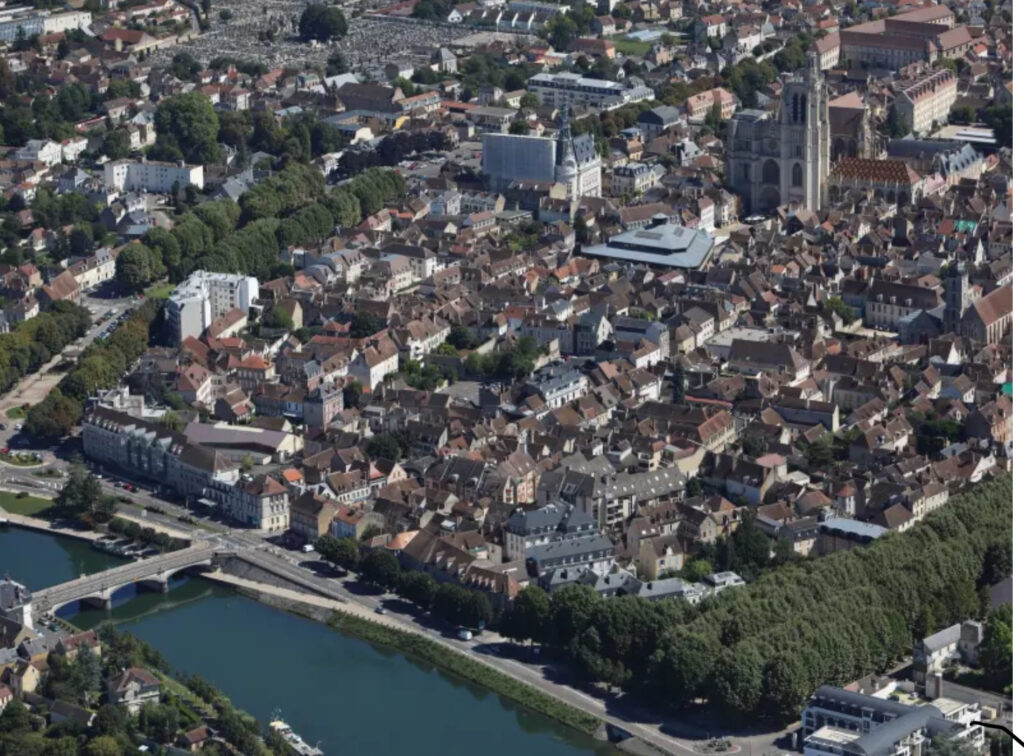
Sens Cathedral, formally known as Cathédrale Saint-Étienne, is one of the earliest Gothic cathedrals in France, setting a precedent for Gothic architecture in Europe. Its architectural features include:
1. Early Gothic Style: Sens Cathedral is among the first buildings to employ Gothic architectural elements. It was built in the 12th century, and its design showcases the transition from Romanesque to Gothic, making it a prototype for other famous cathedrals like Chartres and Notre-Dame de Paris.
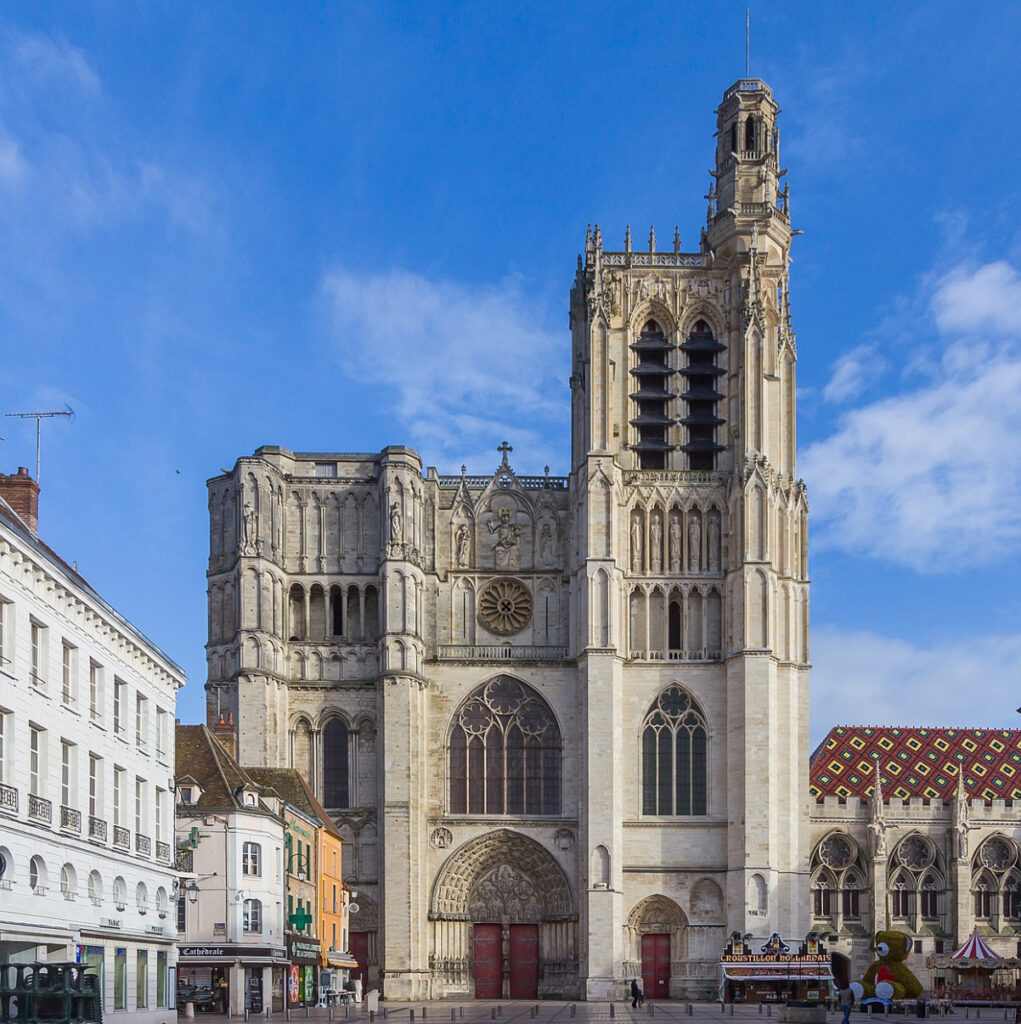
2. Flying Buttresses: These external supports, a hallmark of Gothic architecture, were used to distribute the weight of the vaulted ceiling, allowing for higher walls and larger windows.
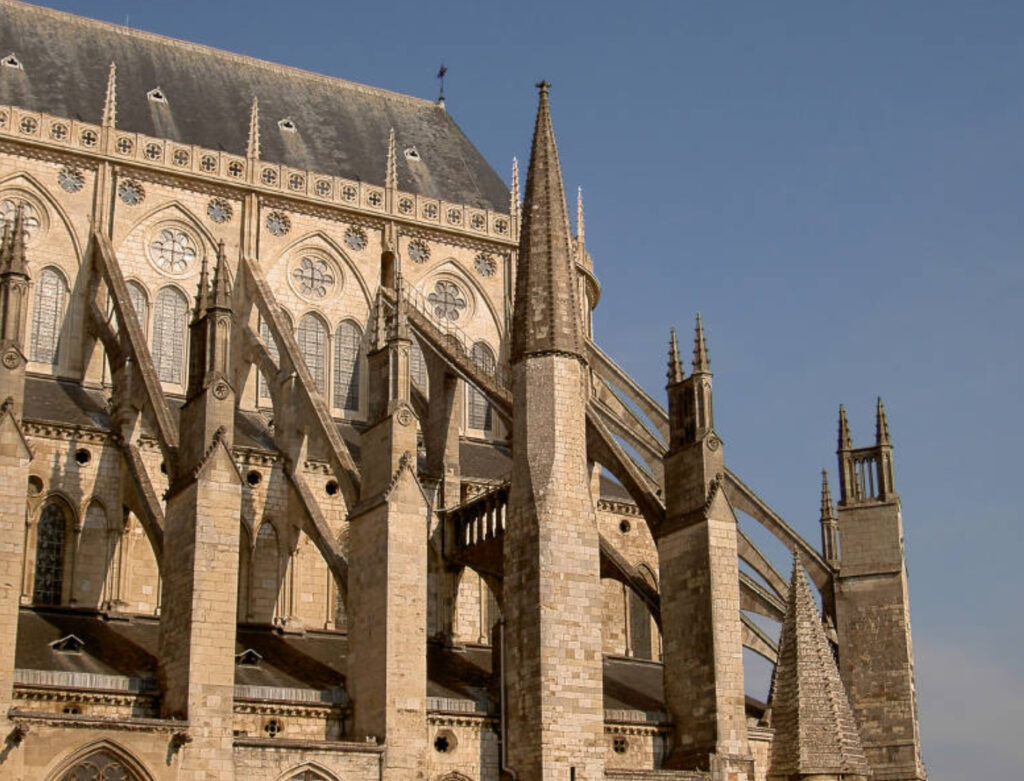
3. Stained Glass Windows: The cathedral boasts magnificent stained glass windows, some of which date back to the 12th and 13th centuries. The intricate designs often depict biblical scenes and are known for their vibrant colors, particularly the “Tree of Jesse” window, a masterpiece of medieval stained glass.
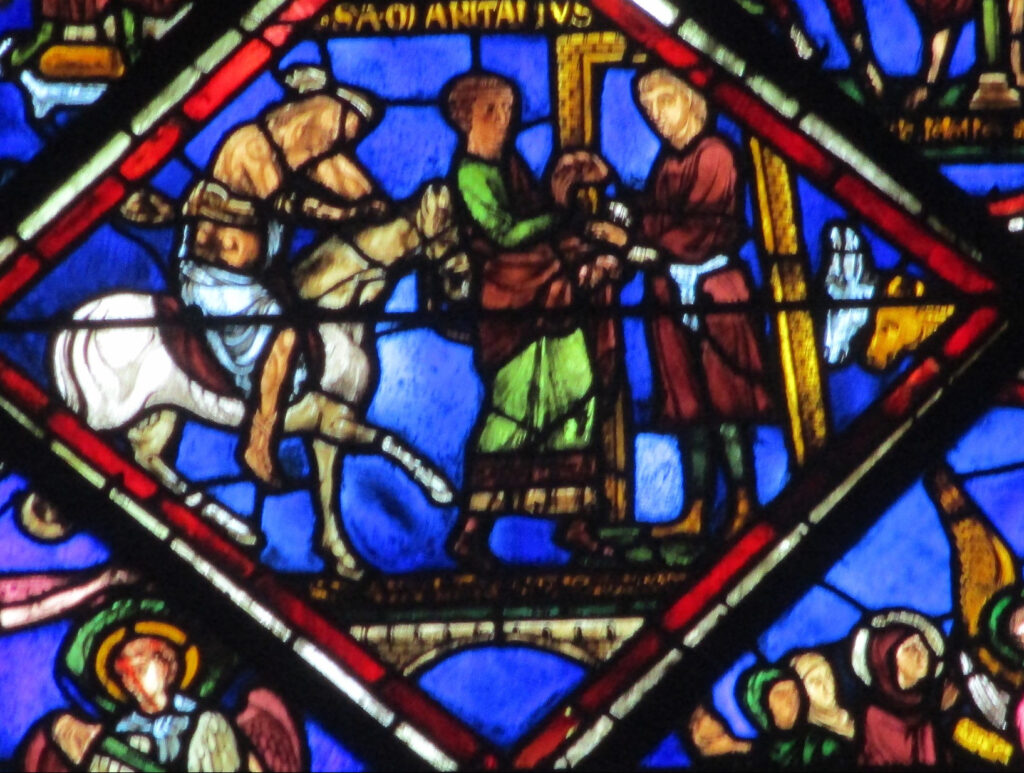
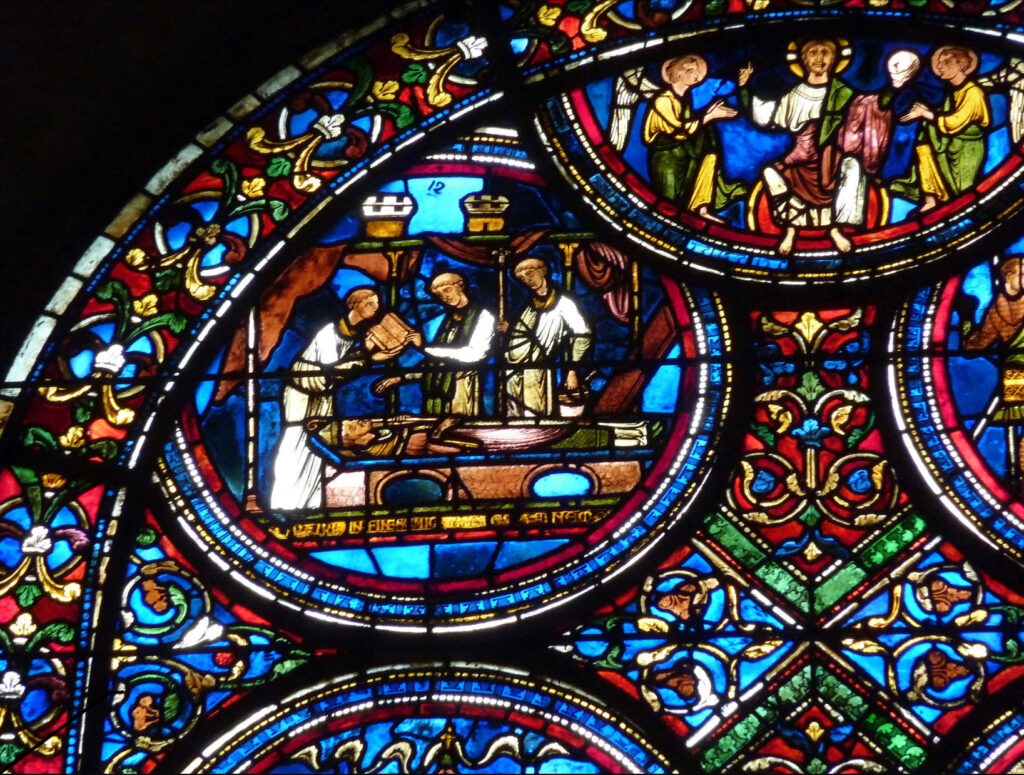
4. Pointed Arches: The pointed arches, both in the windows and doors, are key Gothic features, helping to create a sense of upward movement and lightness in the structure.
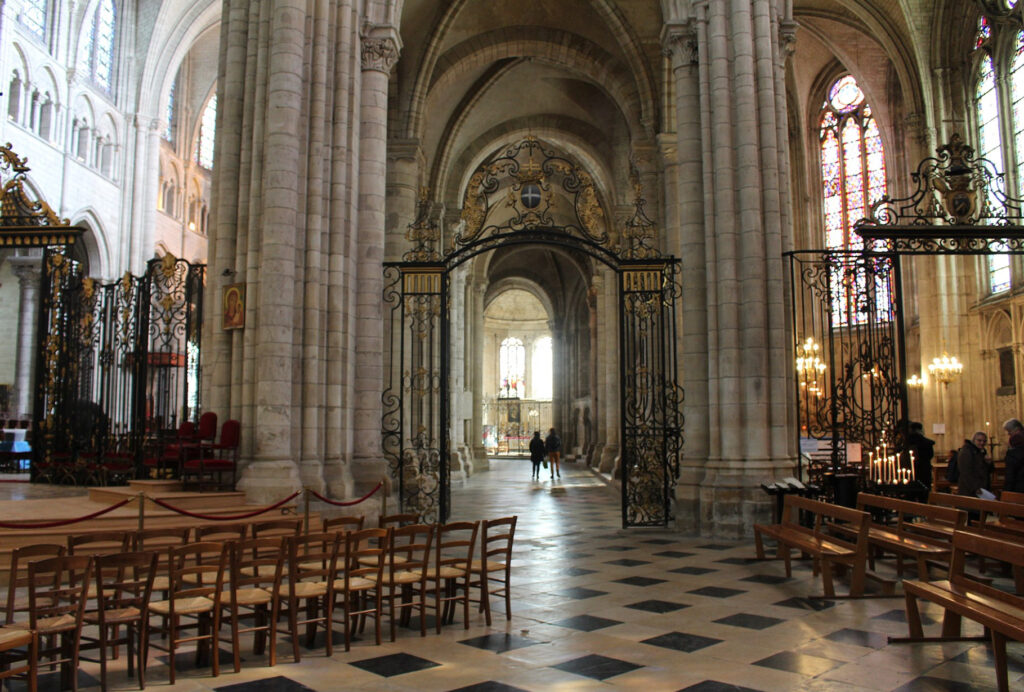
5. Ribbed Vaulting: Sens Cathedral’s interior features ribbed vaulting, a structural innovation that allowed for the creation of higher ceilings and more expansive interiors. This type of vaulting gives the ceiling a graceful, web-like appearance.
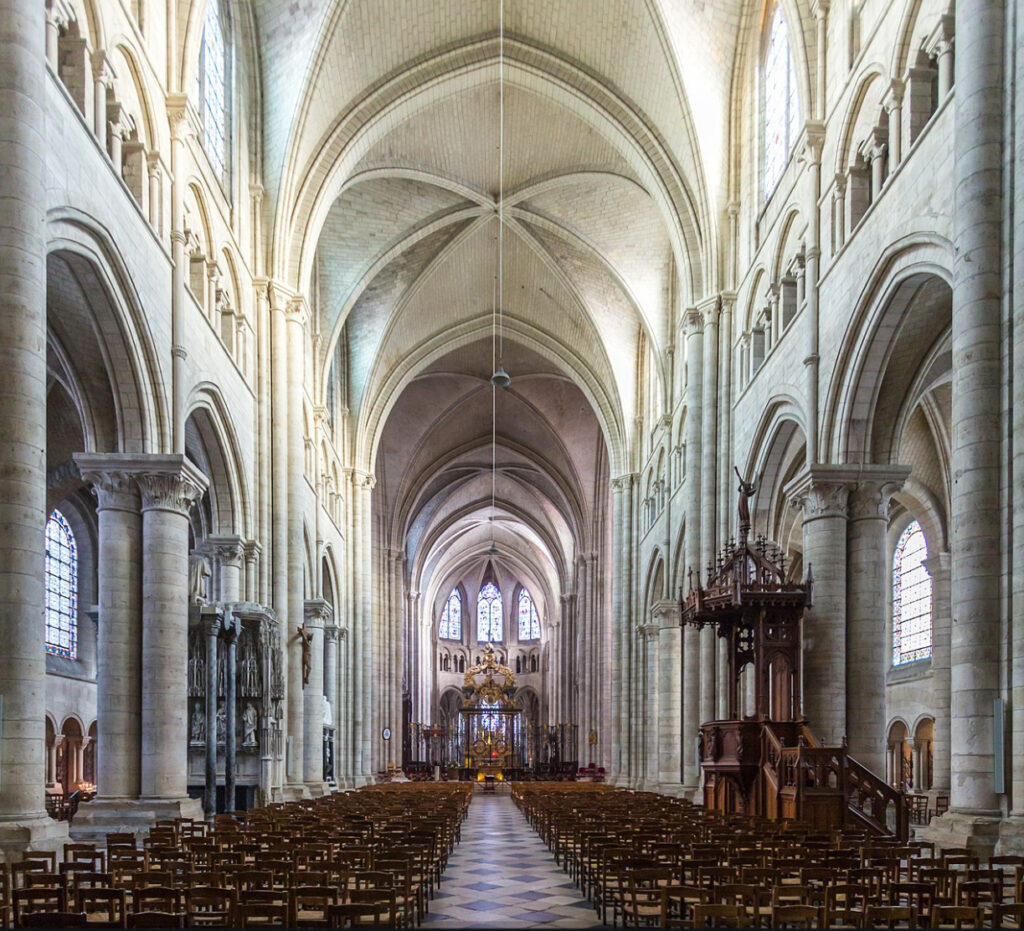
6. Western Facade: The facade of the cathedral is a blend of Romanesque sturdiness and Gothic elegance. It features two large towers (though only one is completed) and a central rose window, which is a quintessential element of Gothic church architecture.
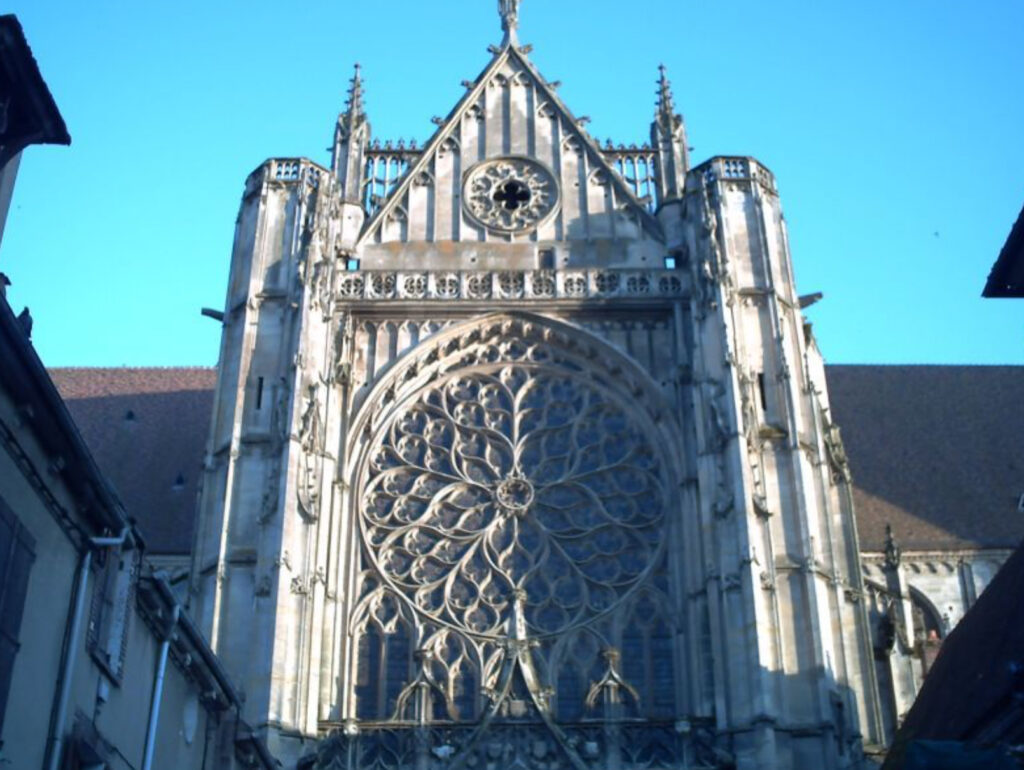
7. Sculptural Decorations: The cathedral’s portals are richly decorated with sculptures depicting biblical figures and scenes, notably the Last Judgment. These detailed carvings contribute to the cathedral’s grand, awe-inspiring entrance.
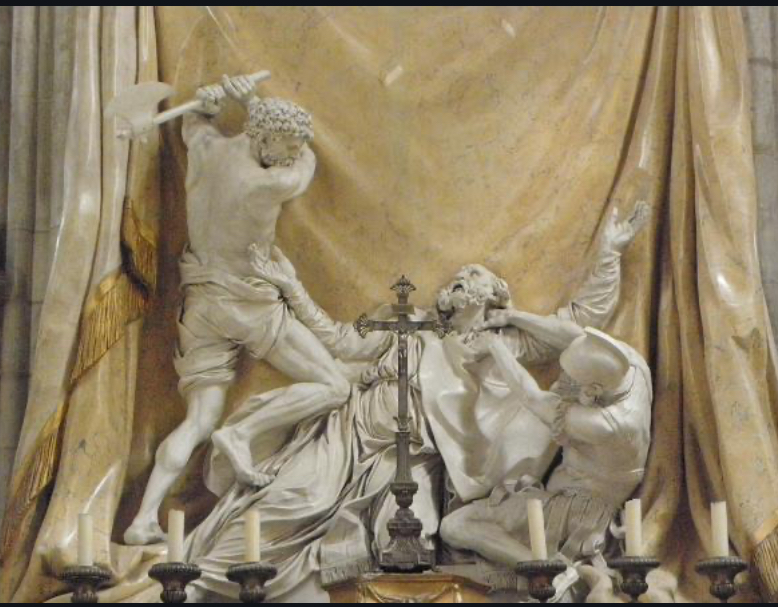
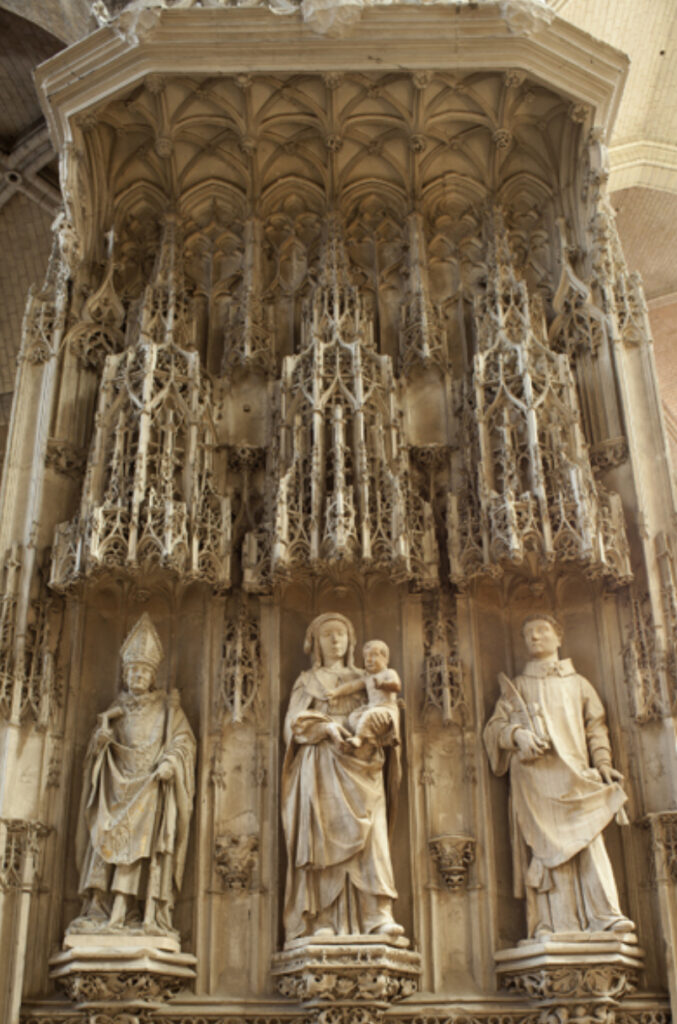
8. Large Nave: The wide and tall nave, typical of Gothic churches, creates a sense of grandeur inside, with high columns supporting the structure and drawing the eye upwards towards the vaulted ceiling.
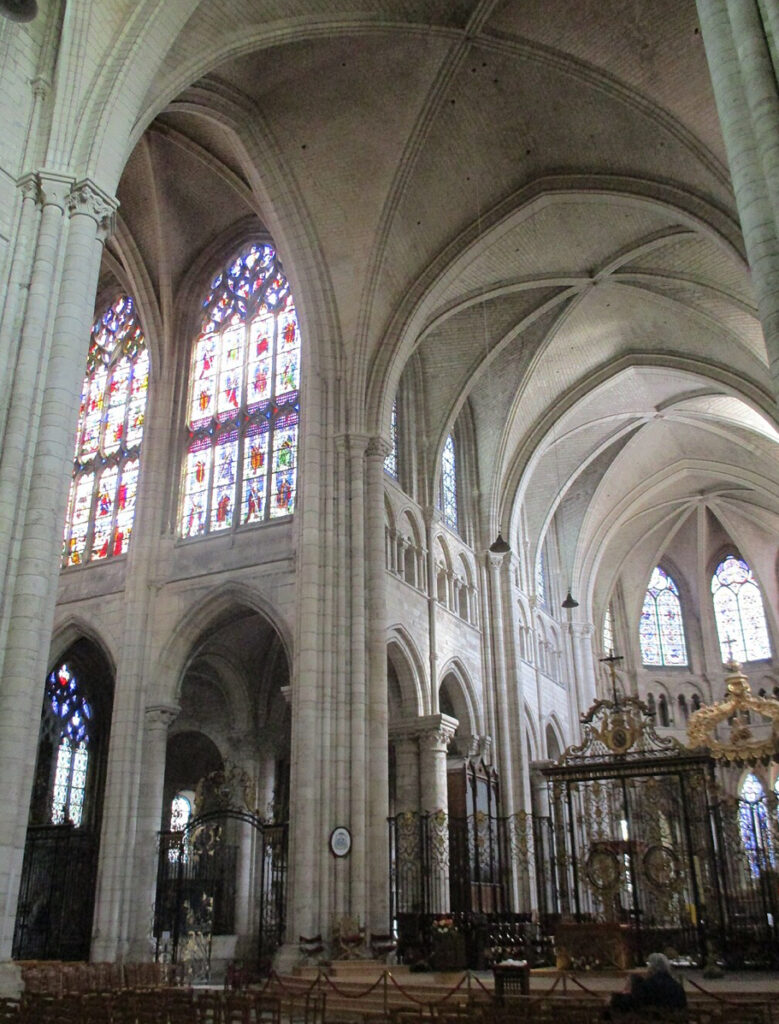
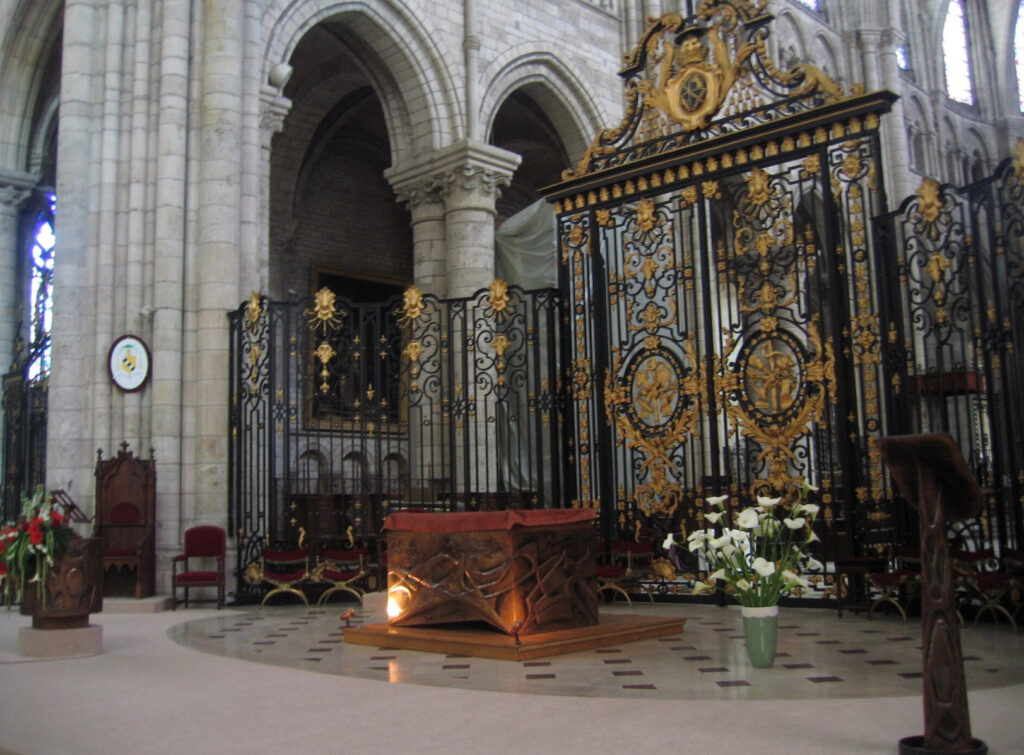
Sens Cathedral is a blend of early Gothic innovation and Romanesque solidity, making it a historically significant and visually impressive structure.
Sens offers a variety of historical monuments and tourist attractions, reflecting its rich heritage and architectural beauty. Some of the key sites include:
1. Cathédrale Saint-Étienne de Sens: This early Gothic cathedral, built from 1135 to the 13th century, is the town’s most famous monument, known for its stunning architecture, stained glass windows, and impressive sculptures.
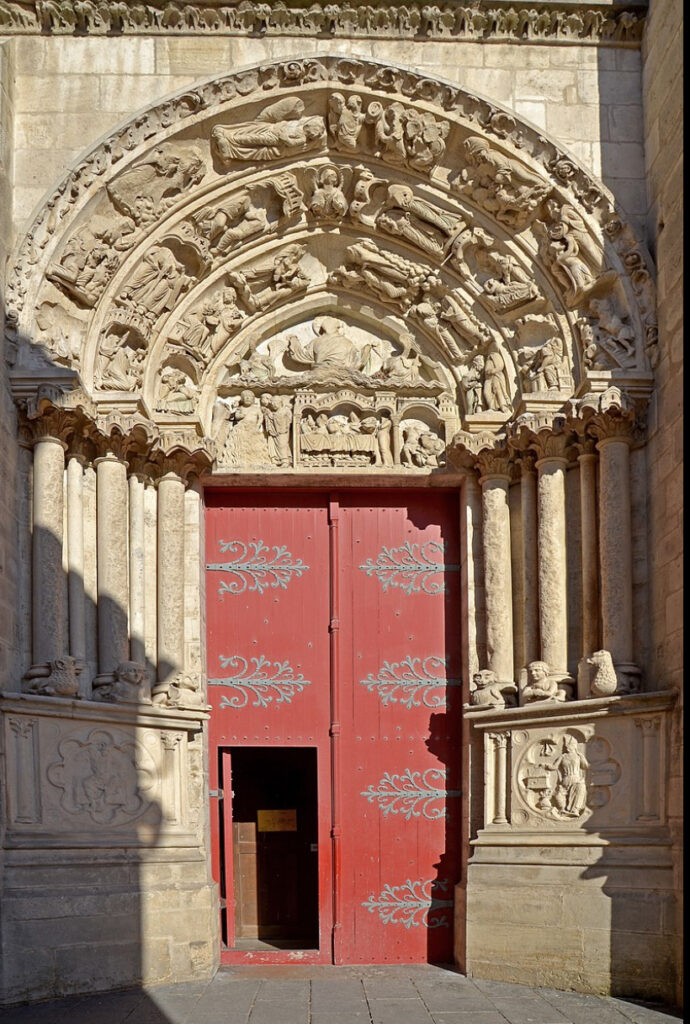
2. Palais Synodal: Located next to the cathedral, this building dates from the 13th century and was once the meeting place for church councils. It now houses part of the Musée de Sens.
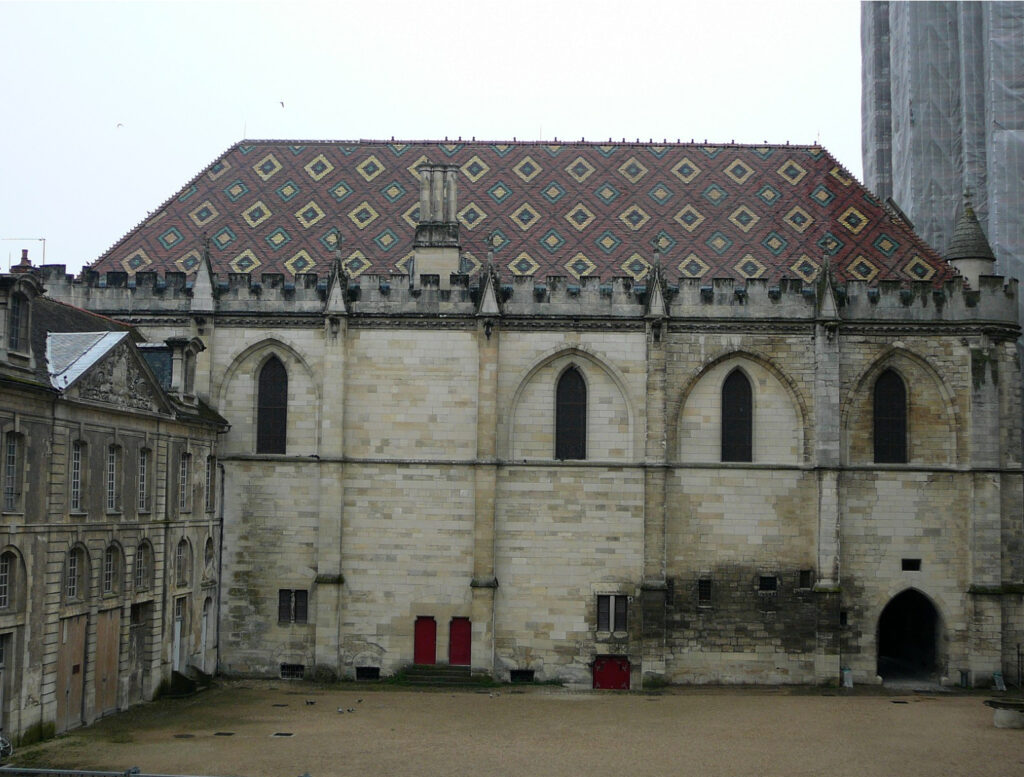
3. Musée de Sens: Housed in the former archbishop’s palace, this museum offers exhibits on the history of Sens, from prehistoric times through the Middle Ages, including Roman artifacts, medieval art, and religious treasures, such as the Sens Reliquary.
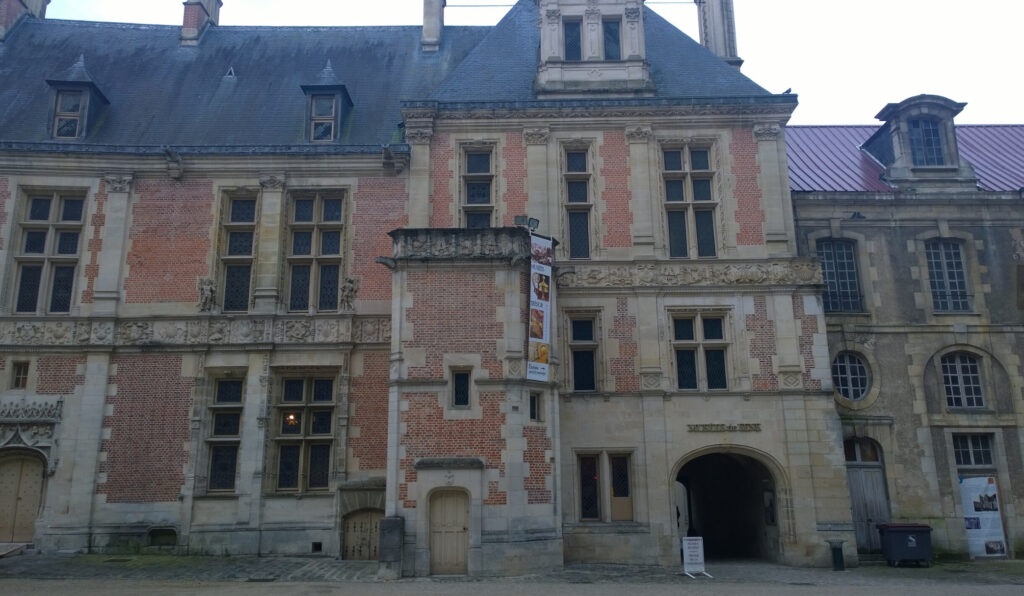
4. Maison d’Abraham (Abraham’s House): A half-timbered house from the 16th century, decorated with intricate carvings, this is one of the most picturesque and well-preserved medieval houses in Sens.
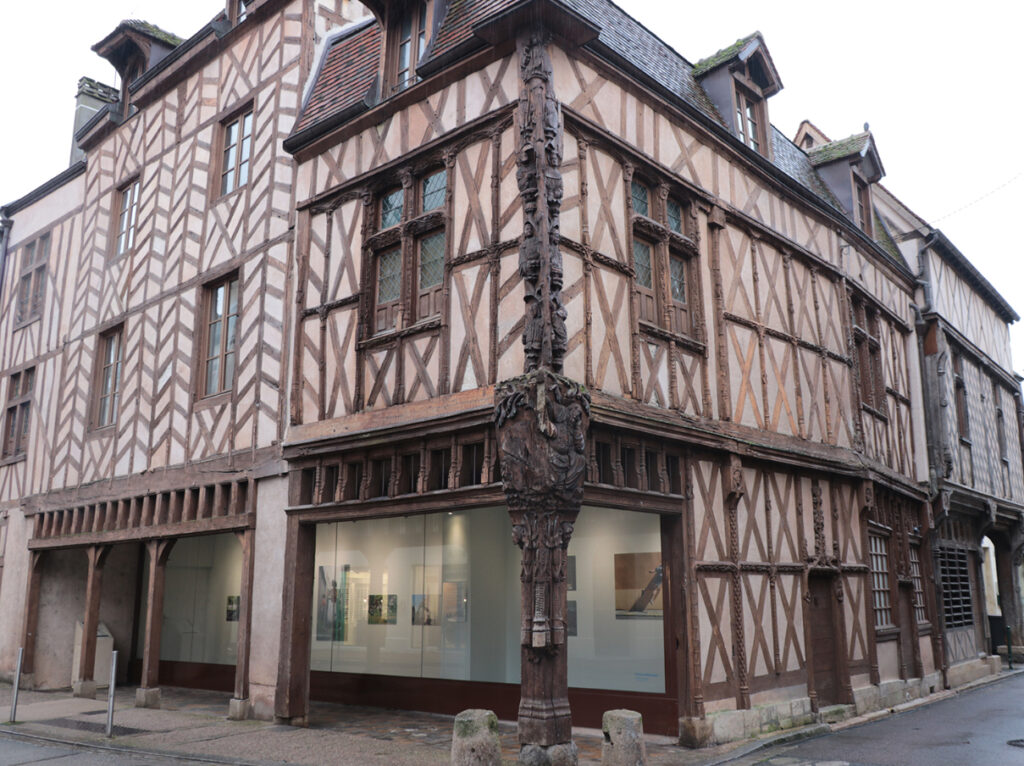
5. The Covered Market (Les Halles de Sens): This bustling market, located in a beautiful structure, is a must-visit for those interested in local produce, with a history of markets in Sens dating back to the Middle Ages.
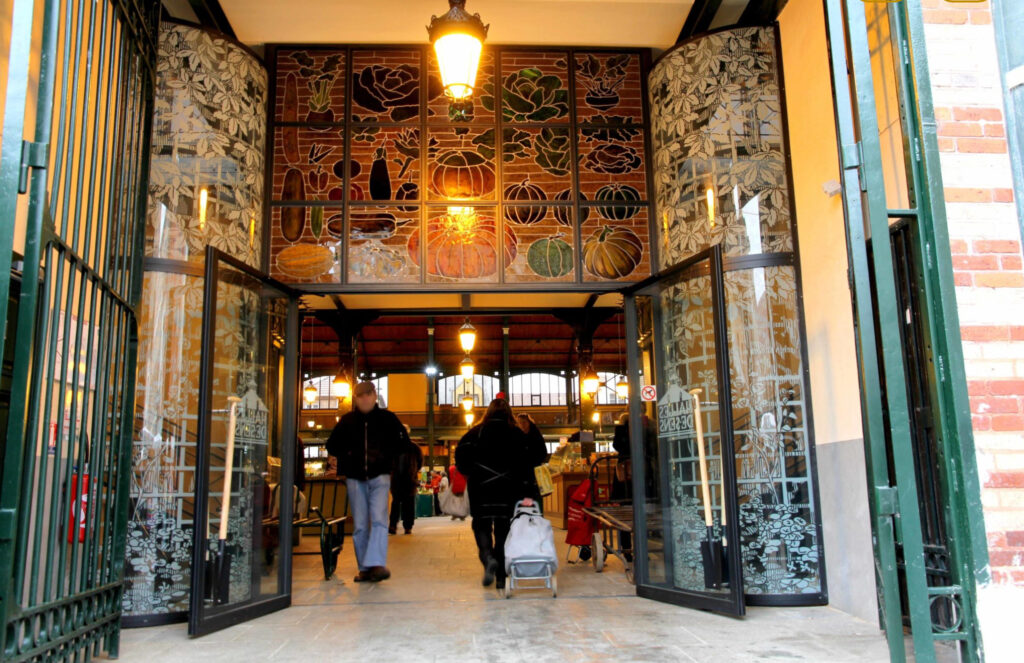
6. The Archbishops’ Gardens (Jardin de l’Orangerie): Next to the cathedral, these gardens offer a peaceful retreat, with well-kept lawns, sculptures, and a view of the Yonne River. They date from the 18th century.
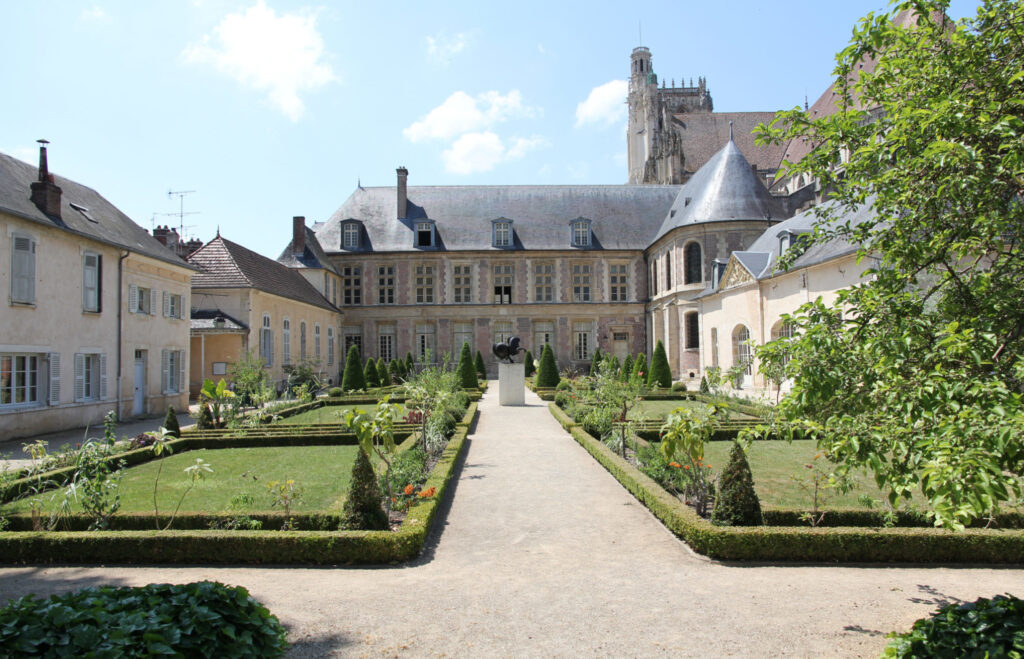
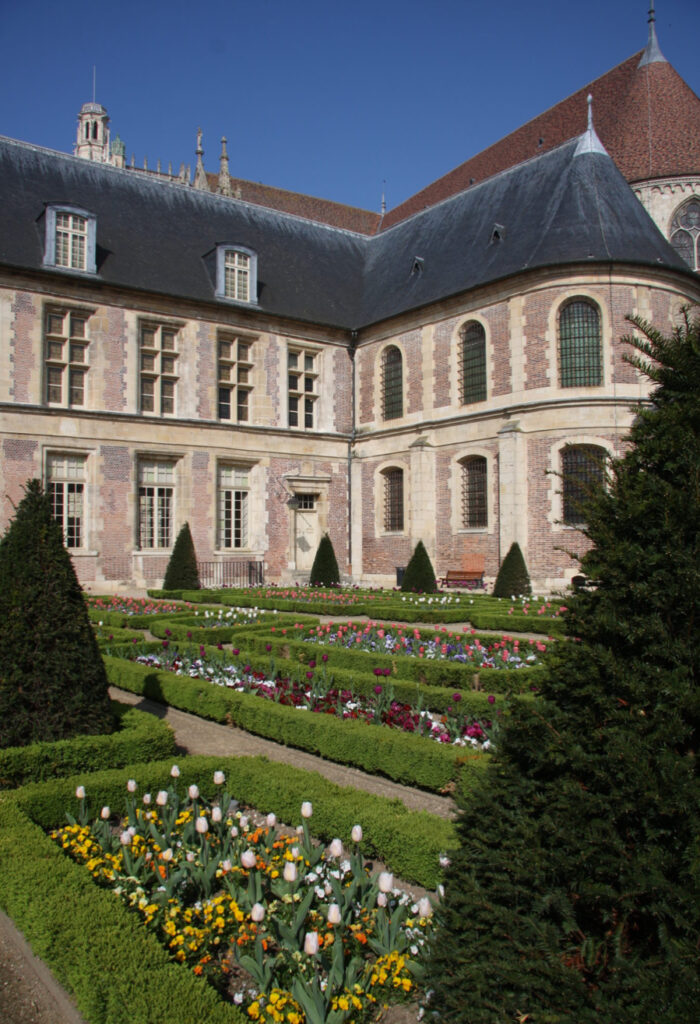
7. Ponts de Sens (Bridges of Sens): The town is set along the Yonne River, and its historic bridges offer lovely views and a scenic walk through the town’s riverside areas.
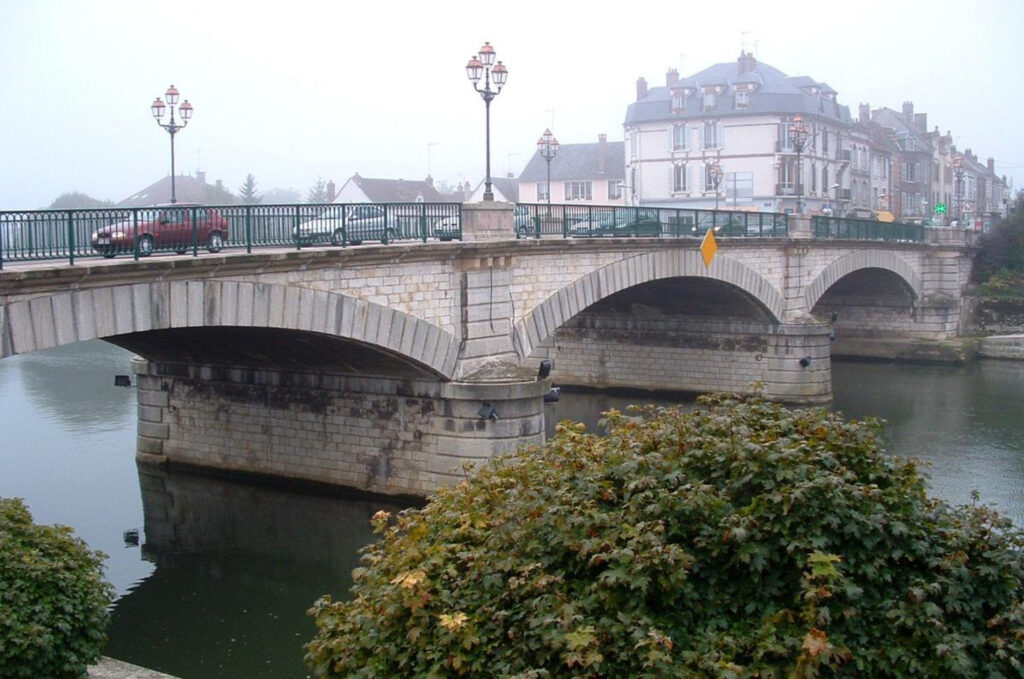
8. Parc du Moulin à Tan: A large park located just outside the town center, it features walking paths, a botanical garden, a tropical greenhouse, and a small animal park. It’s perfect for outdoor activities and relaxation.
9. Sens Clock Tower (Tour de l’Horloge): This 16th-century clock tower, located in the heart of Sens, is a prominent historical landmark and a reminder of the town’s medieval past.
10. The Remains of the Roman Walls: Sens was an important town in Roman Gaul, and parts of the ancient Roman walls can still be seen today, especially around the cathedral area.
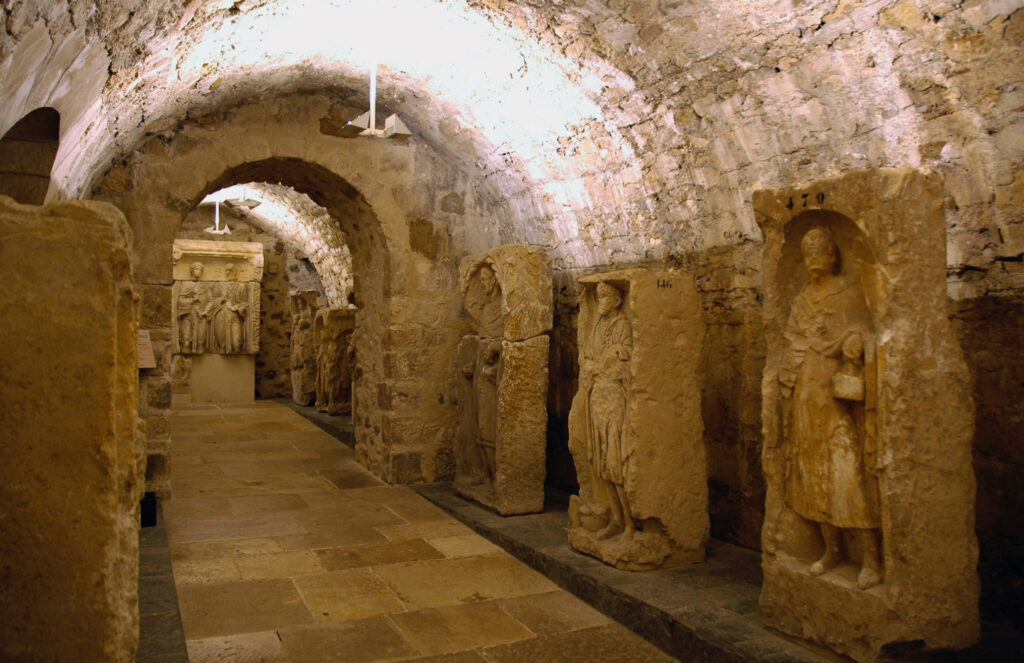
These historical monuments and attractions give visitors insight into Sens’ importance throughout history and its cultural richness.
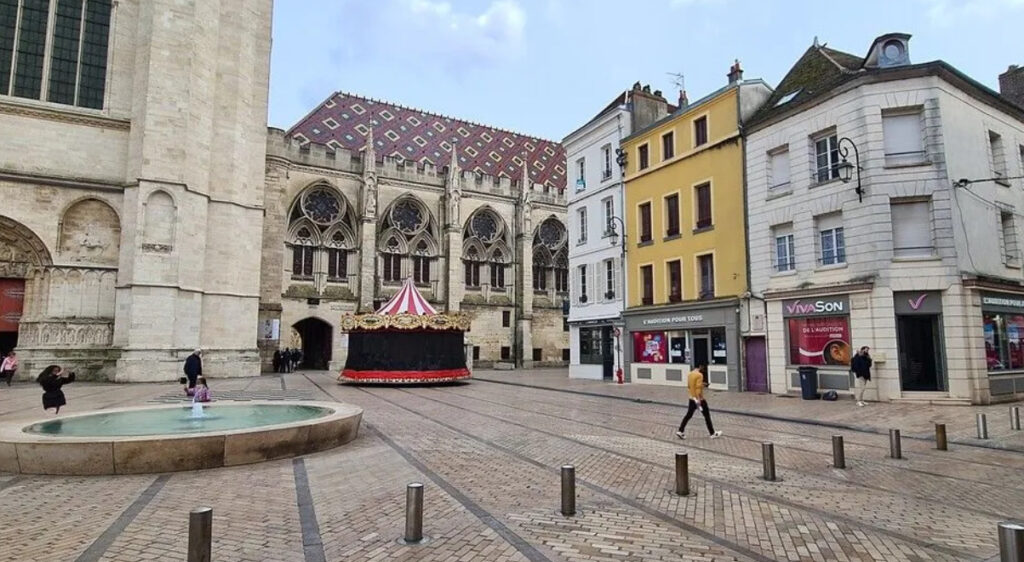
Here’s a one-day itinerary for visiting Sens, focusing on its historical monuments and local food specialties:
Morning
• 9:00 AM – Start at Cathédrale Saint-Étienne de Sens: Begin your day with a visit to the iconic Sens Cathedral. Explore the stunning Gothic architecture, the beautiful stained glass windows, and the historical sculptures. Don’t miss the treasury, which houses a remarkable collection of religious artifacts.
• 10:30 AM – Visit the Musée de Sens: Next, head to the adjacent Musée de Sens, located in the former archbishop’s palace. You’ll see Roman artifacts, medieval art, and the famous Sens Reliquary. Spend about an hour here to get a sense of the town’s rich history.
• 12:00 PM – Lunch at a Local Restaurant: For a taste of local Burgundy cuisine, try Restaurant Le Sénon or L’Instant. Enjoy traditional dishes like jambon persillé (ham in parsley jelly), bœuf bourguignon (beef stewed in red wine), or coq au vin. Pair your meal with a local Burgundy wine. For dessert, try tarte à la cassis (blackcurrant tart), a regional specialty.
Afternoon
• 2:00 PM – Explore the Old Town and Maison d’Abraham: After lunch, take a leisurely stroll through the old town, stopping at Maison d’Abraham, a beautiful 16th-century half-timbered house. Admire its detailed carvings and the picturesque medieval streets of Sens.
• 3:00 PM – Relax in Jardin de l’Orangerie: Head to the peaceful Archbishops’ Gardens (Jardin de l’Orangerie), located next to the cathedral. Walk through the manicured gardens and enjoy the view of the Yonne River. This is a perfect spot for a relaxing afternoon break.
• 4:00 PM – Coffee Break at a Local Café: Stop by a café such as Le Brunch Café or La Tarte Tropézienne for a mid-afternoon coffee or tea, paired with a pastry like pain d’épices (spice bread), which is a local specialty in the Burgundy region.
Late Afternoon
• 5:00 PM – Visit the Parc du Moulin à Tan: Spend the late afternoon exploring Parc du Moulin à Tan, a large park just outside the center. Stroll along the walking paths, visit the botanical garden, and enjoy the serenity of this green space. You can also check out the tropical greenhouse and small animal park.
Evening
• 7:00 PM – Dinner at La Madeleine: For your final meal, dine at La Madeleine, where you can enjoy more regional dishes like escargots de Bourgogne (Burgundy snails) or pavé de charolais (a premium cut of beef from Burgundy). Finish with fromage de Soumaintrain, a local cheese, and a glass of Burgundy wine to complete your day.
This itinerary allows you to explore the best of Sens’ historical landmarks while savoring local culinary specialties.
